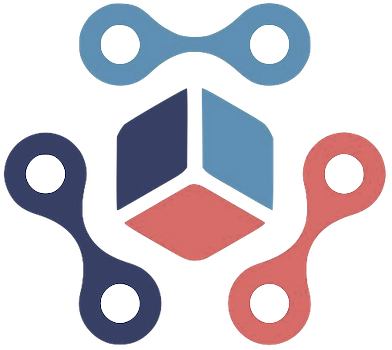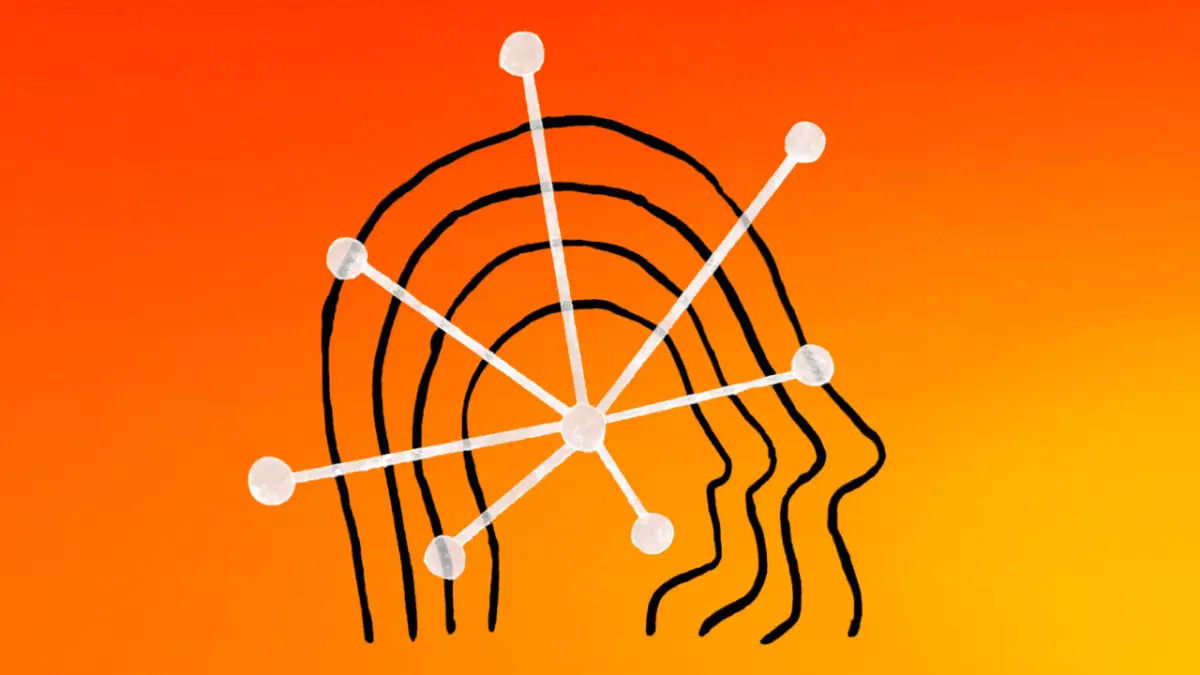In the rapidly evolving world of artificial intelligence, companies are constantly seeking innovative ways to optimize their models. OpenAI’s recent initiative to connect the Claude AI system with internal tools exemplifies a strategic approach that goes beyond surface-level enhancements. By integrating internal performance comparison tools, OpenAI is arguably laying the groundwork for more nuanced and robust AI development. This move reflects a clear understanding: that true progress in AI requires meticulous benchmarking and continuous improvement, which can only be achieved through internal transparency and rigorous testing.
This sophistication in development processes signals a shift from passive model deployment to an active, feedback-driven cycle. Comparing Claude’s capabilities in areas such as coding, writing, and safety against proprietary models provides critical insights that are often overlooked in external evaluations. It offers a controlled environment where weaknesses can be identified and strengths amplified systematically. This internal benchmarking offers a competitive edge, as it allows for rapid iteration and fine-tuning that external testing alone cannot facilitate.
Why Internal Evaluation Is a Game Changer for AI Innovation
The importance of relying on internal tools goes beyond immediate performance metrics. It embodies a philosophical stance that values precision, reliability, and safety in AI outputs. When a company closely monitors how its models perform relative to its own standards, it demonstrates a commitment to quality assurance that enhances user trust and corporate integrity. OpenAI’s emphasis on internal comparisons in core functions like safety ensures that models don’t just perform well on paper—they are genuinely aligned with the company’s ethical and operational benchmarks.
Furthermore, this internal focus encourages a culture of relentless improvement. Instead of resting on externally published results or community benchmarks, OpenAI actively scrutinizes and refines its models internally. This mindset fosters innovation, as teams can experiment with different configurations, quickly assess results, and implement iterative improvements. In essence, internal tools transform AI development into an ongoing, self-correcting process rather than a static achievement.
The Risks and Rewards of Deep Internal Testing
Despite the potential benefits, integrating models with internal tools is not without risks. It raises concerns about overfitting or overly optimizing models for internal metrics at the expense of broader applicability. A model finely tuned to internal evaluation standards might become less adaptable or fail to perform similarly in external environments. Skeptics worry that extensive internal testing could unintentionally create a false sense of security or lead to complacency if not properly managed.
However, when managed thoughtfully, this approach significantly amplifies innovation and safety. It fosters a disciplined development environment where continuous testing and assessment are ingrained in the workflow. If OpenAI maintains transparency about its internal processes—and perhaps shares methodologies with external partners—the industry as a whole can benefit. This internal-external balance could serve as a blueprint for responsible AI development, emphasizing both excellence and accountability.
This strategy underscores a broader lesson: that genuine progress in artificial intelligence hinges not just on the models themselves, but on the processes that develop, evaluate, and refine them. In this context, OpenAI’s initiative signals a bold step toward a future where internal rigor and strategic insights forge the next generation of smarter, safer AI systems.

